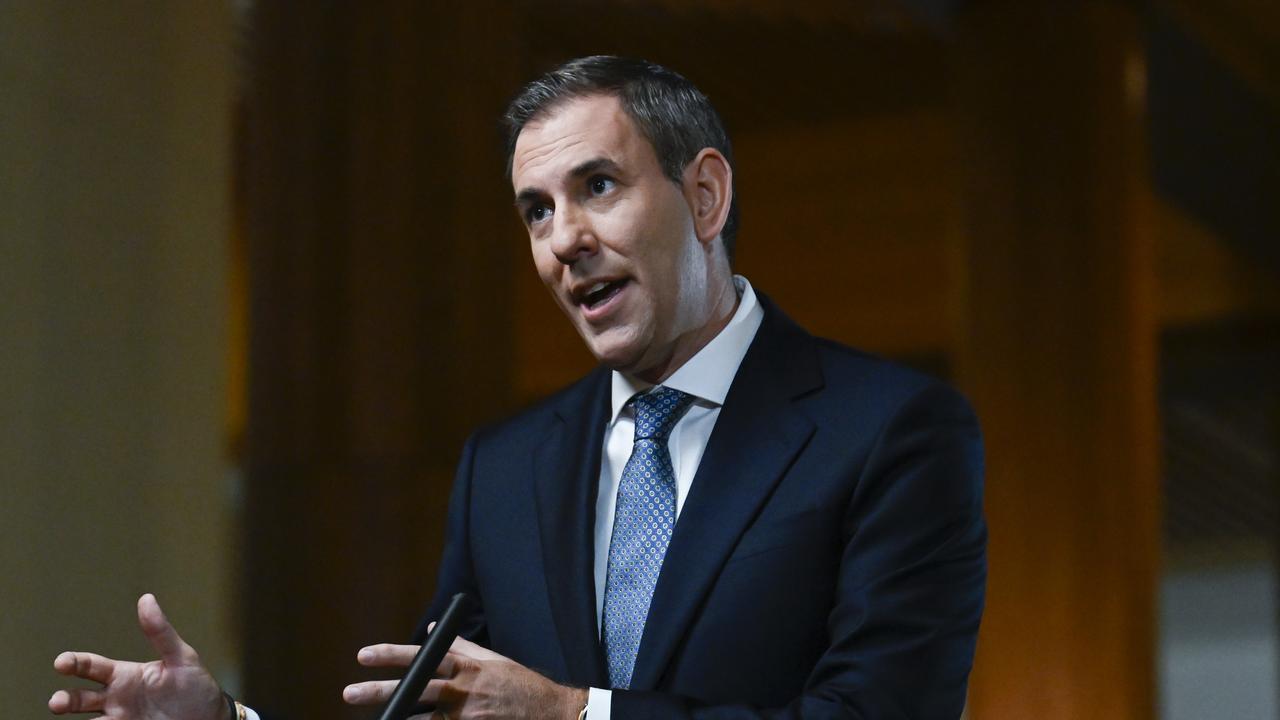New super opportunities are coming down the line
While the focus has been on the redesign of the stage 3 tax cuts, it turns out that from July 1 a string of superannuation changes will also kick off and it’s time to start planning.

While the focus has been on the redesign of the stage 3 tax cuts, it turns out that from July 1 a string of superannuation changes will also kick off.
Employer superannuation contributions will increase from 11 to 11.5 per cent and various other super-based caps are set to change.
The most significant unexpected change will be a likely lift in the pre-tax super contribution cap – this cap is indexed on the basis of wage inflation, and industry analysts now believe recent readings are likely to be enough to trigger an “indexation”.
Currently at $27,500, the annual pre-tax concessional contribution cap is likely to increase to $30,000, while the annual post-tax non-concessional contribution cap is likely to go from $110,000 to $120,000.
This means that the maximum pre-tax superannuation contribution that someone can make from July 1 might be as high as $160,000 if you also apply the catch-up contribution super rules.
For people with less than $500,000 in super, up to five years’ worth of past unused concessional contributions can be made in one financial year. With the previous caps of $25,000 and $27,500, the maximum catch-up amount from July 1 is $130,000.
Add to that the likely 2024-25 concessional cap of $30,000 and that equals a total potential pre-tax super contribution limit of $160,000.
And after the cap increase, if you are over 60 years of age and still working, a little known but highly effective strategy to legally save tax is going to get even better from July 1.
If you are 60 and commence a transition to retirement pension, the payments, which need to be a minimum of 4 per cent of your super balance and maximum of 10 per cent, will be received into your bank account tax free as non-assessable income. As such, the strategy involves drawing up to 10 per cent of your super balance and using this extra unneeded cash flow to recycle back into superannuation tax effectively as a salary sacrifice super contribution.
The benefit is that you enjoy the same cash flow but pay less income tax and this is how it works:
For someone 60 years old earning $80,000 per year with $200,000 in super, if they wanted to maximise their $27,500 pre-tax super cap, after $8800 in mandatory employer super contributions are taken into account, there is still $18,700 available under the cap to contribute.
If the person salary sacrifices $18,700 into super to max out the concessional cap, 15 per cent contribution is paid by the super fund leaving $15,895 to hit the super account. But this is not such a bad outcome. Personal income tax for $80,000 in wages is at a marginal tax rate of 32.5 per cent plus 2 per cent Medicare Levy, thus if the person took home the $18,700 into their bank account, the net amount would be $12,249. To be clear, this is $3,646 less compared with contributing this money into super.
But what about if the person needs the net amount of $12,249 in their bank account to pay bills and other general living expenses and cannot afford to salary sacrifice $18,700 into superannuation?
The solution is to commence a transition to retirement pension and draw $12,249 tax free from super into their bank account. At the same time, they set up a salary sacrifice arrangement and contribute $18,700 from their pre-tax income into super.
The result of this shuffle is the same household cash flow but with the ability to save thousands in tax each year. $15,895 was received into super while only $12,249 was paid out of super and as such the super account is $3646 better off.
And with a likely $30,000 pre-tax super cap next financial year, this extends the ability to implement this strategy. However, the benefits reduce if the person earns more than $250,000 per year and div 293 tax is applied, resulting in super contributions being taxed at 30 per cent instead of 15 per cent.
Also, keep in mind, the preservation for super has been increasing from 55 to 60 based on your date of birth, but from July 1 the transition will finish and everybody will have a preservation age of 60 years of age.
This is not to be confused with the age at which people are eligible for the age pension from Centrelink, which is 67.
Another super-related cap will also increase from July 1. Known as the maximum contribution base, it represents the maximum amount of employment income that employers are obliged to make mandatory super contributions on. Currently set at $62,270 per quarter, it is likely to increase to about $65,000 in the new financial year.
In other words, from July 1 employers will not be obliged to pay the 11.5 per cent mandatory super contribution for employees earning more than about $260,000, it will be voluntary above this amount.
Even if you do not implement the salary sacrifice and transition to retirement pension recycling strategy, people who are over 60 are likely to be able to salary sacrifice more into super from July 1 and this will be welcome news.
Many did not have any superannuation in the earlier part of their working lives until it became mandatory in the early 1990s. And for the rest of us, it allows us to put a little bit more into super but it is still a long way from the old days when $100,000 in pre-tax super contributions were able to be made in a single financial year.
James Gerrard is principal and director of Sydney planning firm www.financialadvisor.com.au






To join the conversation, please log in. Don't have an account? Register
Join the conversation, you are commenting as Logout